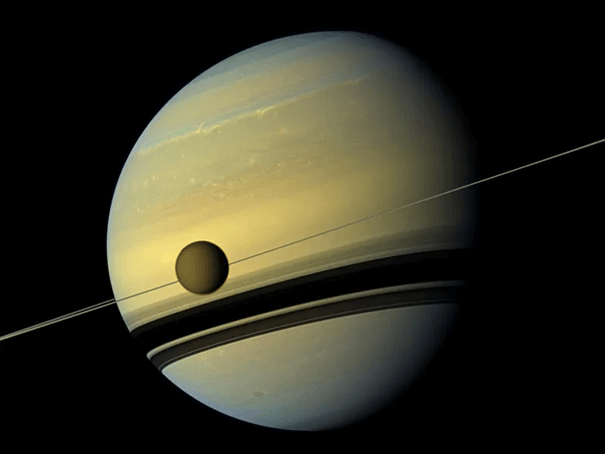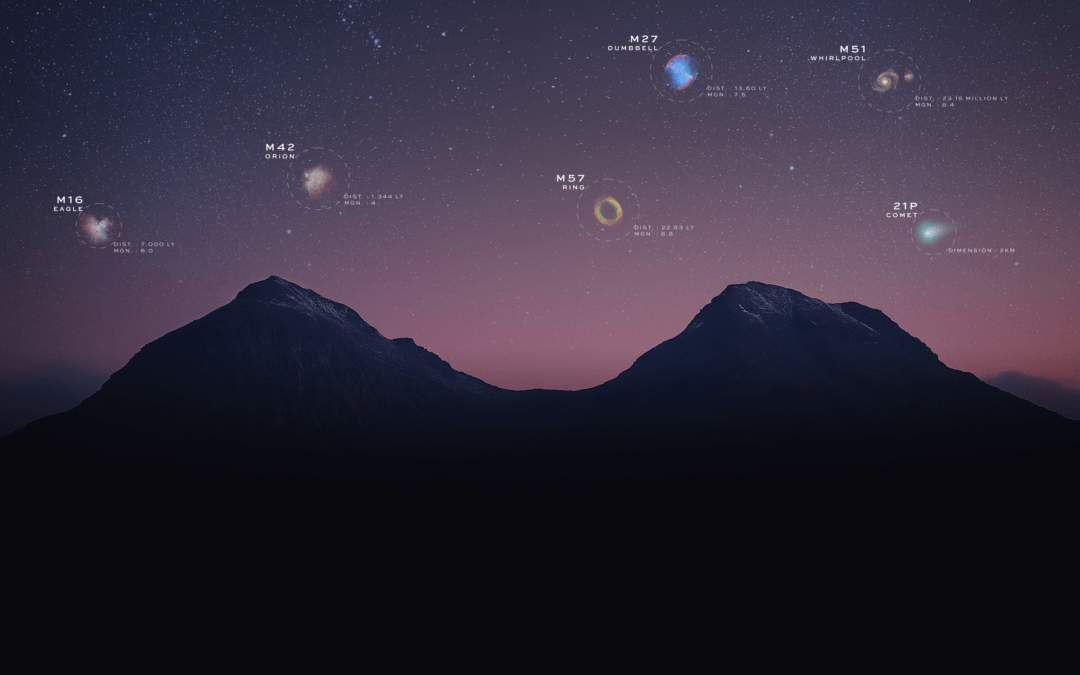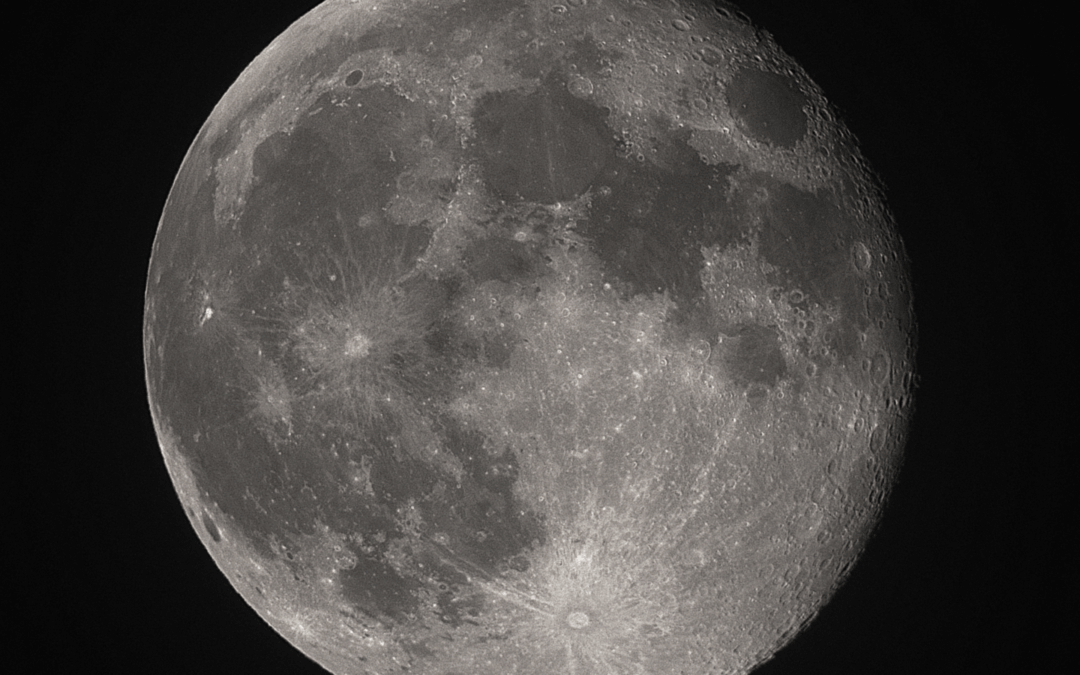Black holes are mysterious objects created when large stars collapse. Despite decades of observation, we still don’t know what happens inside a black hole.
Black holes are some of the most mysterious and awe-inspiring objects in the universe. Typically created when large stars die and collapse, a black hole’s gravitational pull is so strong that not even light can escape. Scientists still don’t know exactly what goes on inside a black hole, or even what a black hole truly looks like.
Black hole science took a huge leap forward in 2019 when scientists with the Event Horizon Telescope network took humanity’s first image of a black hole — or, at least, of the stuff surrounding it. Using the planet-spanning telescope’s superior resolution, astronomers were able to see the fiery accretion disk of the supermassive black hole M87, created by superheated gas and dust being sucked into its core. What appears to be a dark shadow at the image’s center is the black hole itself.
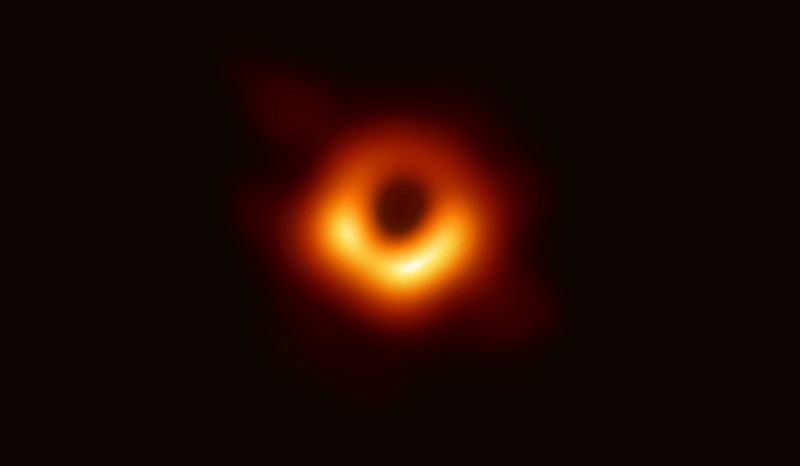
The first picture of a black hole ever taken. This image was taken by the collaboration of radio telescopes known as the Event Horizon Telescope, when it aimed at the galaxy M87’s supermassive black hole. The black hole’s event horizon – the point of no return – lies within the bright disk of material called the accretion disk, made of material swirling around the black hole before falling in. Credits: NASA, Event Horizon Telescope Collaboration.
In 2022, astronomers using the telescope followed up with an image of the black hole at the center of our own galaxy, named Sagittarius A* (pronounced “A star”). The Milky Way’s own supermassive black hole clocks in at more than 4 million solar masses, and lies about 26,600 light-years from Earth.
While you likely won’t see any black holes, or their accretion disks, with your own Unistellar telescope, you can peer into the heart of distant galaxies, where supermassive black holes reside, hidden deep inside clouds of gas and dust. Read on to learn more about these anomalies of space time!
How Do Black Holes Form?
Most black holes form when massive stars, those at least 25 times more massive than the Sun, end their lives and explode in a supernova. Some of that matter then falls back in, pulled inward by its own gravity to form a black hole. Scientists think supermassive black holes, like those found at the centers of galaxies, form when smaller black holes merge together, eventually creating objects that can be millions or billions of times as massive as our Sun.

Supernovae are incredibly powerful explosions that mark the end of a star’s life and can somtimes outshine entire galaxies! When a supernova results from a star’s core collapse, it can leave behind a neutron star, black hole, or nothing at all in some cases. Above is a before and after of the Pinwheel Galaxy and supernova 2023ixf. Observers taking part in the Cosmic Cataclysms program watched this supernova for over a month and became authors of a scientific paper. Credit: Scott Kardel.
Can You See a Black Hole from Earth?
Black holes aren’t actually visible – because their gravitational pull is so strong, in order for something falling into a black hole’s grasp to escape, it would have to move faster than the speed of light. Since this isn’t possible, that means nothing can escape, not even light. But scientists can see evidence for numerous black holes from Earth. A black holes’ gravity is strong enough to warp light traveling near it, causing it to bend in ways scientists can detect.
It’s also possible to see the chaotic and super-hot accretion disks that spiral around active supermassive black holes as matter is sucked inward. The Event Horizon Telescope has imaged two accretion disks so far, giving scientists the best glimpse yet at what’s happening just outside a black hole. Some black holes also create powerful jets of light and matter that can extend for millions of light-years beyond a galaxy, moving at nearly the speed of light.
What is Inside a Black Hole?
Super-dense spheres of hyper-condensed matter, singularities, realms where time stops entirely – maybe even wormholes to another dimension – there are many theories as to what the inside of a black hole contains. But because nothing can escape from a black hole, there’s nothing to carry information about its interior back to us. Therefore, we don’t know for sure what happens within a black hole.
Based in part on Einstein’s equations involving relativity, we can say that black holes compress matter with incredible force, creating an object that’s more dense than anything else in the known universe. Beyond that, we can’t say for sure!
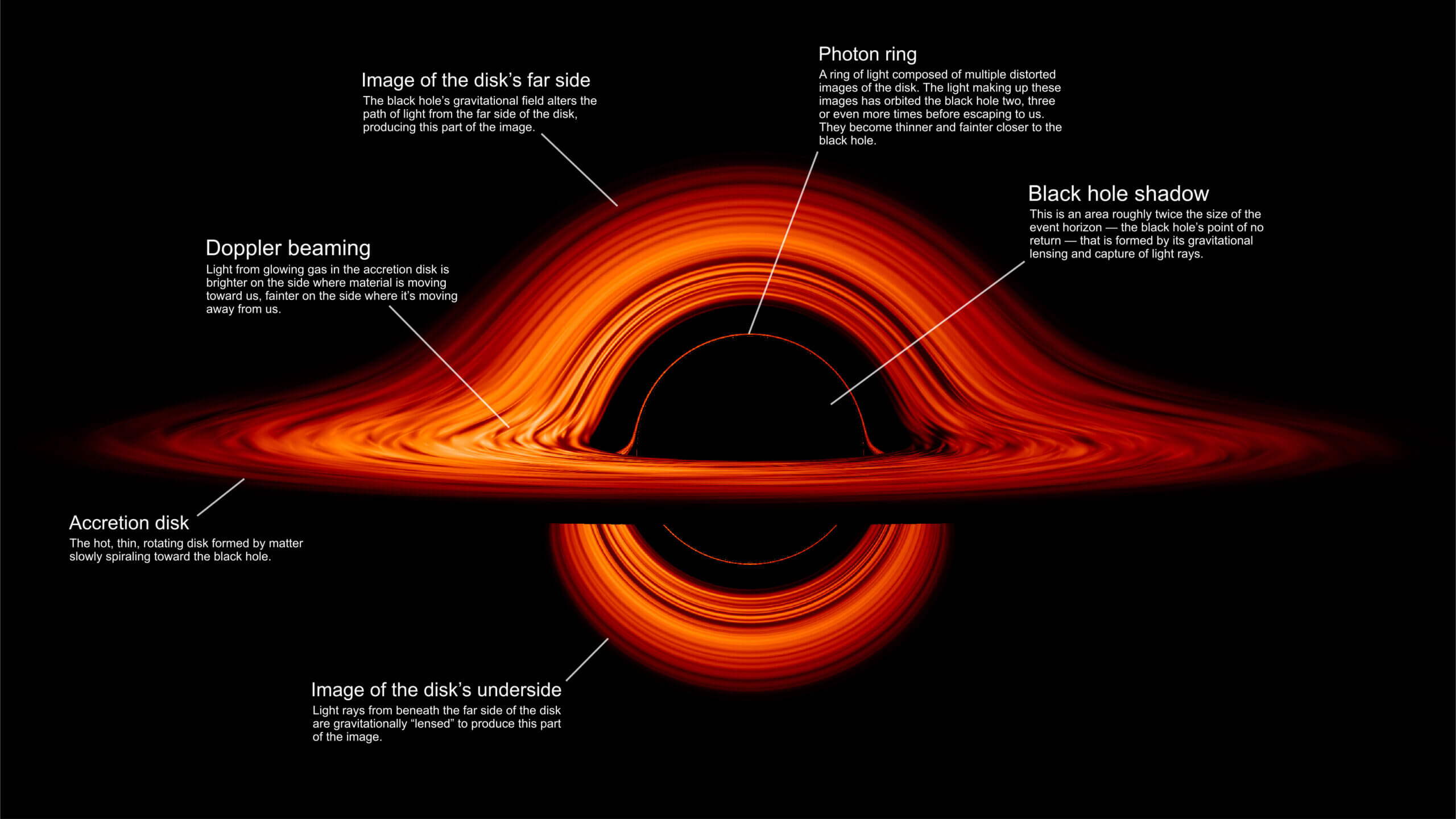
Scientists use simulations to show what black holes may look like and why. See the full visualization here. Credit: NASA Visualization Studios, Jeremy Schnittman.
What is the Closest Black Hole to Earth?
The closest black hole to Earth, that we know of, is located 1,560 light-years away from our planet. It was discovered in 2022 by a team of researchers using data from the European Space Agency’s Gaia mission, and is named Gaia BH1. The team was able to see the black hole because it’s feeding on material from a star that orbits it, much like the Earth orbits the Sun. Gaia BH1 is a relatively small black hole, weighing in at about 9.6 solar masses. Because black holes don’t give off any radiation, they’re typically very hard to spot, meaning there could be more black holes even closer to Earth we haven’t discovered yet.
What is an Event Horizon?
The event horizon of a black hole is a boundary past which nothing, including light, can escape its gravitational pull. It’s also the line past which it’s impossible to see and is often referred to as the “surface” of a black hole. In the Event Horizon Telescope’s black hole pictures, the event horizon is just inside the innermost ring of light that’s visible in the image.
As objects approach the black hole’s event horizon, they begin to feel the effects of relativity ever more strongly, as the gravity becomes stronger. Time moves more slowly for them, and objects increase in mass. Of course, if a human being was being sucked into a black hole, they’d be in trouble long before reaching the event horizon. Scientists think the gravity is so strong, and increases so quickly, that a phenomenon known as spaghettification would occur. If you were falling in feet first, your legs would be pulled with more force than your upper body, stretching them out and essentially turning you into a spaghetti noodle. Perhaps it’s best we observe black holes from afar!
Further readings
Titan’s shadows
Every month, discover three unmissable celestial events to observe with your Unistellar telescope.
3 Reasons to observe this month
Every month, discover three unmissable celestial events to observe with your Unistellar telescope.
Observing Eclipses on Jupiter: Cosmic Spectacles Through a Telescope
The latest Unistellar App Update, version V3.0, is now live. Explore a smooth stargazing experience !
Unistellar Community Included In Multiple Scientific Papers
Did you know Unistellar Citizen Astronomers are often cited in published scientific papers? Find out how you can contribute too!
What Are the Names of All the Full Moons in 2024?
Discover the enchanting names of the full moons in 2024. Delve into the unique character of each lunar spectacle and embrace the allure of the night sky.
New Unistellar App Update: Version 3.0
The latest Unistellar App Update, version V3.0, is now live. Explore a smooth stargazing experience !

